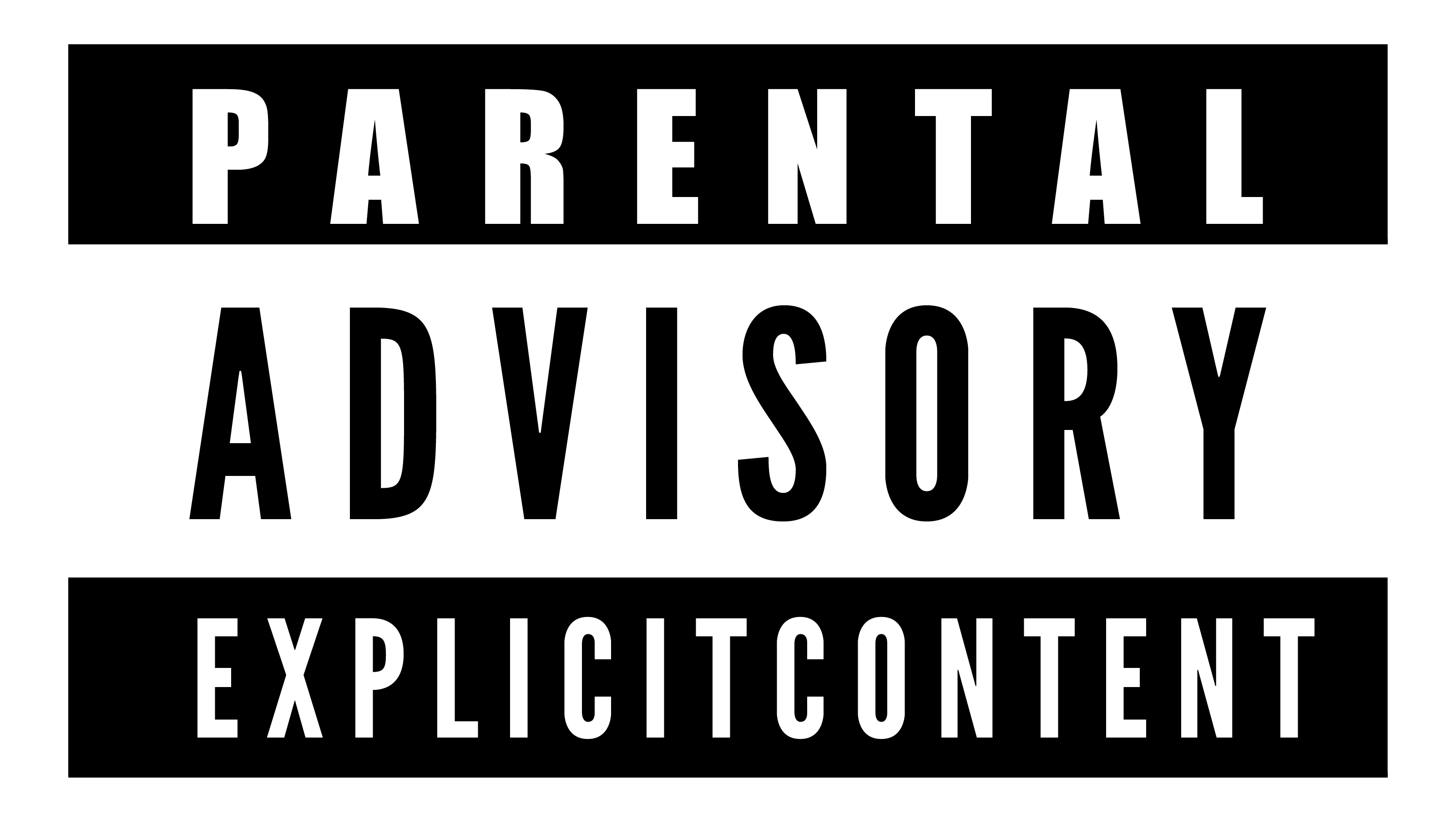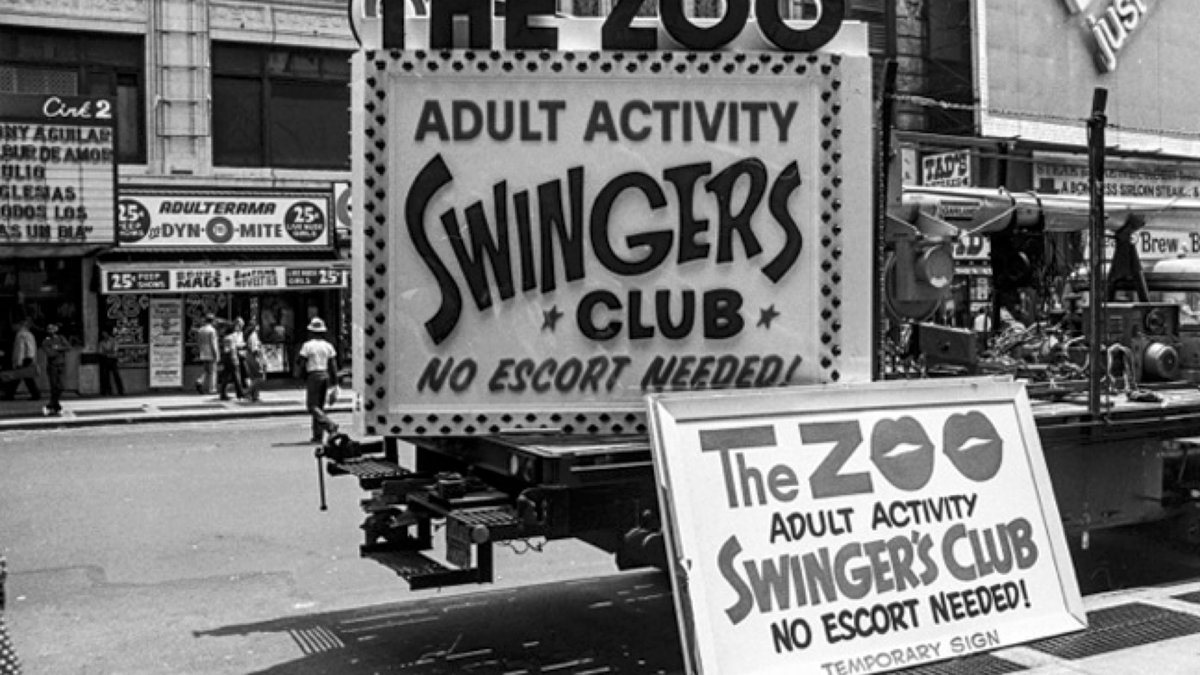Obscenity refers to a very narrow category of pornography that violates the current community standards and can be proven to have no serious literary, artistic, political or scientific value. This remains one of the most controversial and confounding areas of First Amendment Law, since, as Justice Potter Stewart put it so eloquently in 1964, courts are “faced with the task of trying to define what may be indefinable.”
The Origin and Early Application of Obscenity Law
Modern obscenity regulations stemmed from the Obscene Publications Act of 1857 in England, where pornographic and otherwise obscene materials were banned. This law was used in the 1868 case of Regina v. Hicklin to uphold the seizure and destruction of inflammatory pamphlets criticizing the Roman Catholic Church. The rationale of this decision was that a work could be viewed as obscene if any isolated excerpt in it was offensive. Which, if applied in today’s context, would mean that a human biology textbook could have been banned simply for explaining the mechanics of sexual intercourse. While courts across the US initially also adopted the Regina approach, this eventually gave way to a more moderate and holistic approach.
American Laws and Court Opinions
In the period between 1942 and 1956, Congress voted on and passed around 20 obscenity laws, with almost every state following suit. Finally, in 1957, the Supreme Court announced that material would be considered obscene if, when viewed as a whole, said material would arouse sexual desire. This decision gave rise to what was later termed the Roth test.
What About the First Amendment?
If you’re asking how the early attempts to regulate supposedly obscene speech and other expressions fared against the Right to Free Speech as guaranteed by the United States Constitution, get ready for a surprise. Very well, actually! Courts across the land deemed that the First Amendment did not protect obscenity. They decided that the states could regulate obscene matter because, by definition, it lacks any redeeming social value.
However, this proved to be impossible to apply on a consistent basis. There were many instances where contrary results were reached when considering the exact same material. A famous example is how, in the 1960s, some courts deemed Henry Miller’s seminal book Tropic of Cancer obscene, while others did not. For a few years, the legal status of the book depended on the state in which it was published or sold, until the Supreme Court finally considered the book non-obscene in 1964. Many historians consider Tropic of Cancer to be directly responsible for the free speech that we now take for granted in literature.
Another landmark case in obscenity laws also occurred in 1964, where the manager of an Ohio theatre had been convicted for exhibiting the French film “The Lovers.” In a split decision overturning the conviction, the Justices could not agree on whether the film was obscene, or which legal standard should be used. As well as giving us the quote at the beginning of this article, Justice Stewart also declared that obscenity must be limited to hardcore pornography.
The Modern Approach: It’s Okay If It Has Any Redeeming Qualities
Eventually, the Supreme Court moved on from the Roth test to the slightly more comprehensive view of obscenity, where material can only be banned as obscene if said material is patently offensive in light of community standards, is intended to encourage an excessive interest in sex and lacks serious literary, artistic, political, or scientific value. Most pornography tends to escape scrutiny by virtue of not being excessive and not being offensive in light of today’s community standards. The only types of porn that are not covered by this ruling would be, quite obviously, child pornography and some of the more extreme forms of sexual gratification, such as scat or snuff.
Courts still use the Miller test to differentiate between obscene matters and those protected under the Constitution. The states are free to establish more liberal interpretations of obscenity, but they may not apply standards that are any more exacting. Yet, no matter the standard involved, the line between constitutionally protected speech and obscenity is not only thin, but difficult—if not impossible—to pin down. It evolves alongside social perceptions of decency.
What are your views of the current obscenity laws in the US? Do you feel that they are too severe, not severe enough or somewhere in between? Share your views in the comments below.



Pingback: Legal Limitations on Freedom of Speech | Law blog online